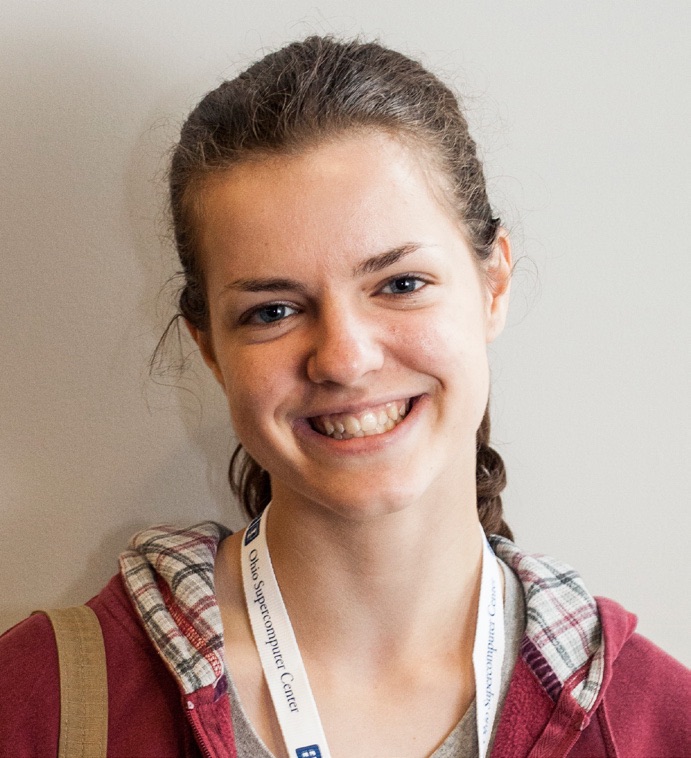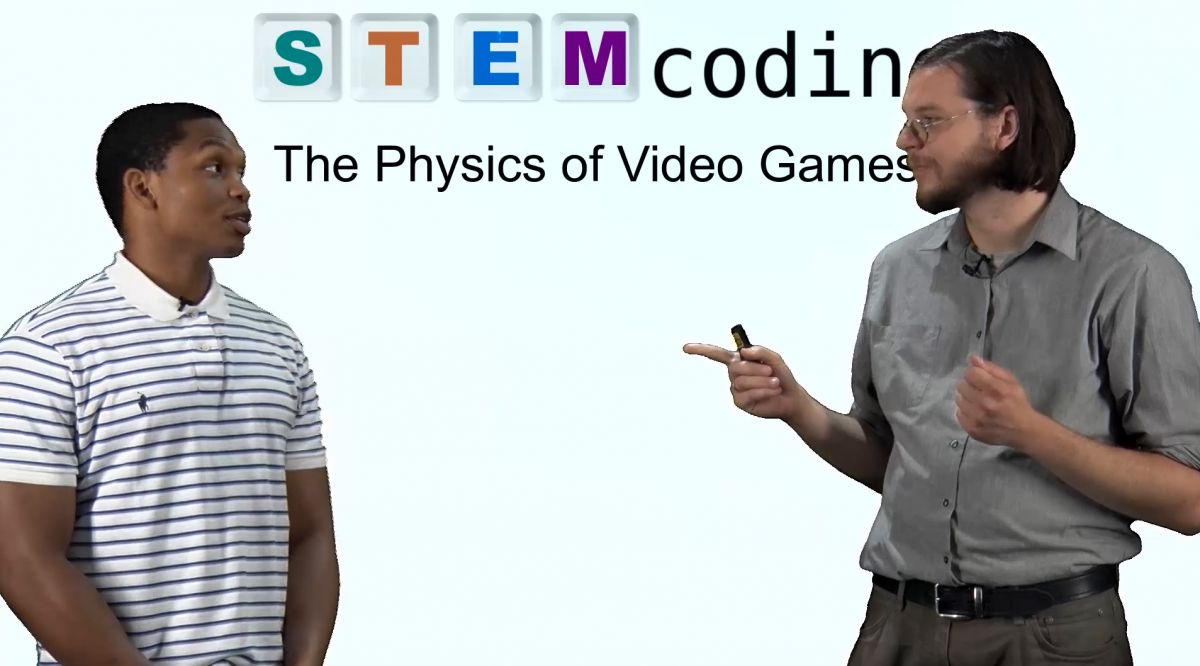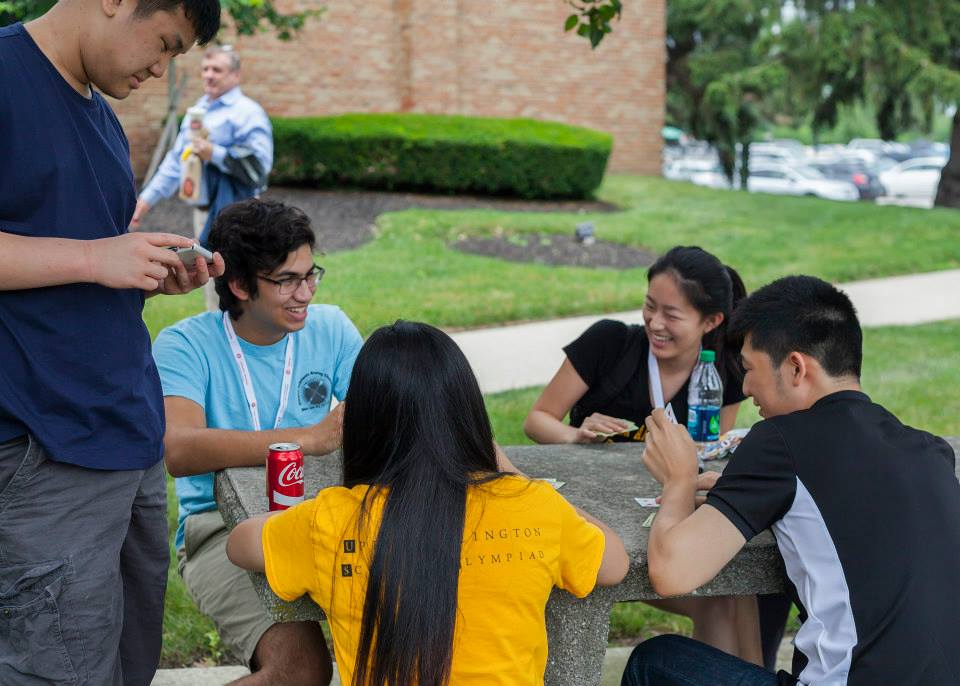Twenty years ago, on June 7, 2000, the Ohio Supercomputer Center (OSC) announced the creation of the Young Women's Summer Institute—a summer educational program for middle-school girls in Ohio designed in response to the documented lack of interest in math, science and engineering among girls. This unfortunate situation was translating into the low participation of women in the science, technology, engineering and math (STEM) fields, and in particular, information technology.
STEM

Six years ago, like most sixteen-year-olds, I had no idea what I wanted to do for a living. I knew that I liked math and science, but outside of solving word problems, I had only a vague notion of what STEM looked like in the so-called “real world.” Then, in the summer of 2013, I attended the Summer Institute (SI) at the Ohio Supercomputer Center.
According to the U.S. Department of Commerce, Economics and Statistics Administration, women make up less than one-quarter of those employed in STEM (science, technology, engineering, math) occupations in the United States. Not only does this mean that women in STEM remain a disproportionate minority, but it also contributes to STEM field underemployment in the U.S., with not enough properly trained candidates to fill science and technology jobs.

Until recently, Hourofcode.com didn’t have any coding activities with a physics focus. That is, until Chris Orban, Ph.D., assistant professor of Physics at The Ohio State University’s Marion Campus, created an hour of code activity on "The Physics of Video Games" and launched the STEMcoding project. These coding tutorials are being integrated in physics classrooms around the world. The purpose of Orban’s STEMcoding project is to make coding more accessible to high school students.

Before this summer, I had never felt much excitement about science. Spending three weeks with Summer Institute and Young Women's Summer Institute students changed my perspective.

The 27th Summer Institute is less than a week away, meaning 16 high school students from across Ohio are about to descend on the Ohio Supercomputer Center. As we enter the final countdown to the camp, it's the perfect time to let the incoming students know what to expect from the two-week camp. And while we can share with you what to pack and the daily schedule, there are some other things incoming students should definitely know to make the experience smoother and better.
This year, 2014, marks the 25th anniversary of OSC’s Summer Institute program for high school students. Since the Ohio Supercomputer Center grew from academic roots, it was only natural for the center’s founders to develop a program through which they could share with students the fascinating and empowering computational resources they’d assembled. It also was logical that they would create a pipeline to help educate and inspire future scientists and engineers.
A well-trained science, technology, engineering and math (STEM) workforce is crucial to America’s ability to innovate and compete on a global scale. Yet, “women are vastly underrepresented in STEM jobs and among STEM degree holders despite making up nearly half of the U.S. workforce and half of the college-educated workforce,” according to a 2011 report by the U.S. Department of Commerce.
Entering its fifteenth year, the Young Women’s Summer Institute at the Ohio Supercomputer Center was designed to help address this issue – to interest girls in STEM careers by immersing them in a weeklong, residential camp.





